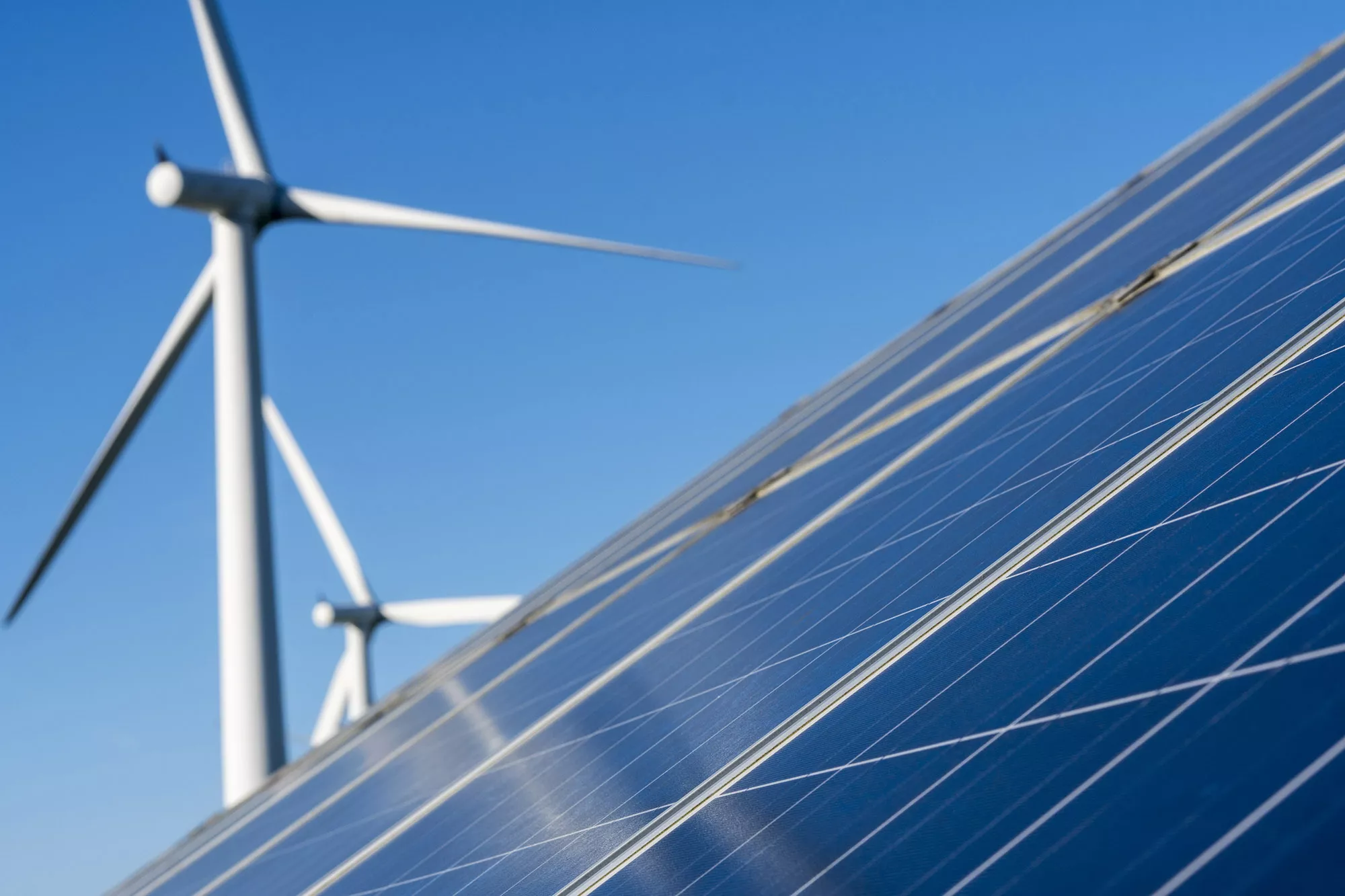An energy system powered by clean technologies differs profoundly from one fueled by traditional hydrocarbon resources. Solar photovoltaic (PV) plants, wind farms and electric vehicles (EVs) generally require more minerals to build than their fossil fuel-based counterparts. A typical electric car requires six times the mineral inputs of a conventional car and an onshore wind plant requires nine times more mineral resources than a gas-fired plant. Since 2010, the average amount of minerals needed for a new unit of power generation capacity has increased by 50% as the share of renewables in the market has increased.
Lithium, nickel, cobalt, manganese and graphite are crucial to battery performance, longevity and energy density. Rare earth elements are essential for permanent magnets that are vital for wind turbines and EV motors. Electricity networks need a huge amount of copper and aluminum, with copper being a cornerstone for all electricity-related technologies.
The shift to a clean energy economy is set to drive a huge increase in the requirements for these minerals, meaning that the energy sector is emerging as a major force in metal and mineral markets. Until the mid-2010s, the energy sector represented a small part of total mineral demand. However, as the energy transition gains momentum, clean energy technologies and materials have become the fastest-growing segment of demand.
The demand for clean energy minerals and metals over the next two decades will rise to over 40% for copper, 60-70% for nickel and cobalt, and nearly 90% for lithium. EVs and battery storage have already displaced consumer electronics to become the largest consumer of lithium and are set to overtake stainless steel as the largest end user of nickel by 2040.

